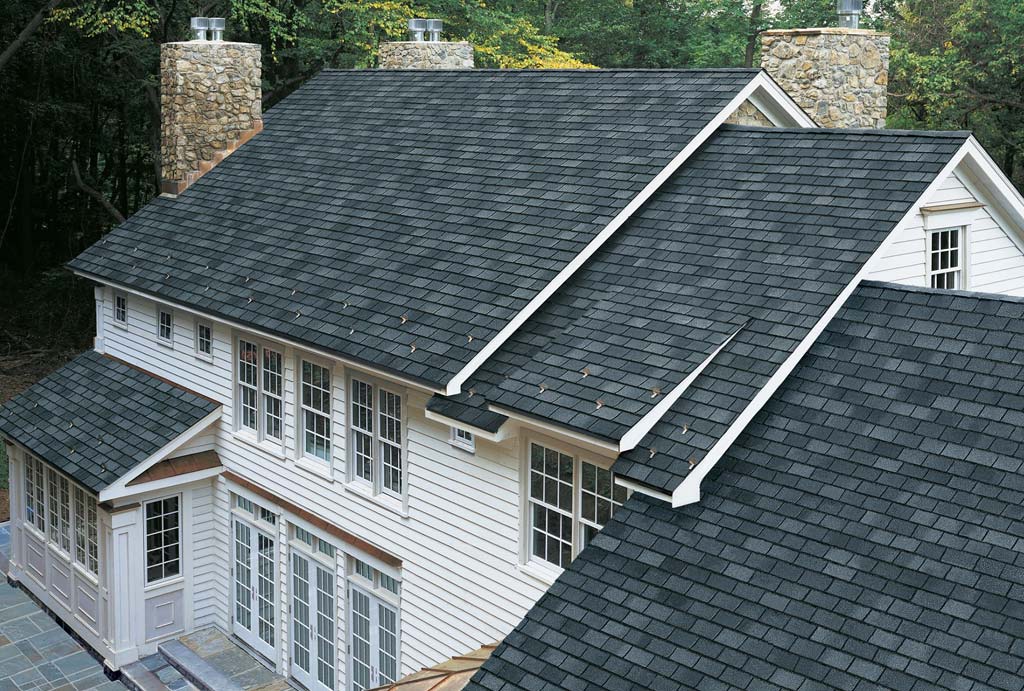Roof troubles can sneak up out of nowhere, leaving homeowners in Indianapolis trying to decide whether to patch a problem area or go for a total overhaul. At Stay Dry Roofing, we want to help you understand everything that goes into this decision, spotlighting the hidden costs and benefits behind each choice. While fixing just the damaged part of your roof might seem like a budget-friendly quick fix, there is a broader impact on your home’s defense against the elements. This decision, seemingly straightforward, carries weighty consequences for your property’s future resilience and value.
Technical Possibility of Partial Replacement
Yes, technically, you can replace just part of your roof. You might want to consider this option when the damage is localized, maybe from a fallen tree limb or a specific area worn down by the elements. When that is the case, replacing only the damaged section seems logical and financially sound.
However, roofing is a system—not just a collection of parts. Each segment of your roof works in tandem together to protect your home. When you are considering a partial replacement, you need to think about how it will integrate with the existing structure.
Why Partial Replacement Isn’t Ideal
Despite the feasibility, partial roof replacement comes with significant downsides:
Aesthetic Mismatch
When you replace only part of a roof, new shingles or tiles may not align with the older, weathered ones in color and texture. This mismatch can be quite noticeable, especially from the street or in areas where the old and new sections meet. Over time, this can lead to a patchwork appearance, detracting from the overall look of your home. This visual disparity can impact your home’s curb appeal and, ultimately, its resale value, as potential buyers might view the inconsistent roofing as a sign of neglect or poor maintenance.
Compromised Durability
When you are trying to decide the right path to take for your roof repair, you need to take the structural implications into consideration. A roof acts as a unified shield for your home. Each part contributes to its overall strength and stability. Partial replacement can lead to an imbalance that affects this synergy.
- Structural Integrity: The newer section might be robust, but adjoining it with older, worn-out materials can create stress points, potentially leading to structural weaknesses.
- Age and Exposure: Older sections have weathered different conditions, making them more susceptible to damage when paired with new segments.
- Premature Failures: The stress and age disparity can end up leading to more frequent and extensive repairs. That accelerates the timeline for a complete roof overhaul.
Partial roof repairs may seem like a fix, but they can actually compromise the roof’s durability. Ensuring the entire roof functions cohesively protects your home more effectively and preserves its structural integrity for the long term.
Financial Factors
At first glance, replacing just a part of your roof might appear to be a budget-friendly option. However, this decision can lead to financial inefficiencies, where longer-term expenses overshadow the initial lower costs.
- Short-term vs. Long-term Costs: The upfront savings from partial replacement are often negated by the need for additional repairs or an earlier-than-anticipated total replacement.
- Leak Risks: The junction between old and new materials can become a weak spot, prone to leaks and subsequent water damage to the interior.
- Cumulative Expenses: These repairs and potential damage inside the home can cumulatively result in a higher financial outlay compared to a complete replacement.
A partial roof replacement makes you think you are saving money because of the immediate cost savings, but those savings are eventually surpassed by all of the other expenses that come with ongoing maintenance and repairs.
Warranty Complications
Roofing materials typically come with a warranty that will protect you if there are defects and failures. However, these warranties can be voided if the entire roof is not replaced. Manufacturers may not honor warranties for partial replacements because they cannot guarantee the performance of a roof that’s partly old and partly new. That means you don’t have the financial protections that you would like if a problem happens. Ultimately, you may end up with out-of-pocket expenses for any subsequent issues that would have been covered under a full replacement warranty.
In light of these factors, Stay Dry Roofing advises considering the long-term implications of roofing decisions. A complete roof replacement, while initially more expensive, ensures uniform protection, durability, and aesthetic appeal. It can prevent the cascade of roofing problems that often follow a piecemeal approach.
Secure Your Roof’s Future: Take Action With Stay Dry Roofing
The roof over your head is a critical investment in the safety and comfort of your home. Before deciding on a partial or complete roof replacement, consult with professionals. At Stay Dry Roofing, we’re committed to providing expert advice and quality service, ensuring your roofing decisions are sound, cost-effective, and beneficial in the long run. For thorough assessments and solutions tailored to your home’s needs, trust Stay Dry Roofing’s expertise.


